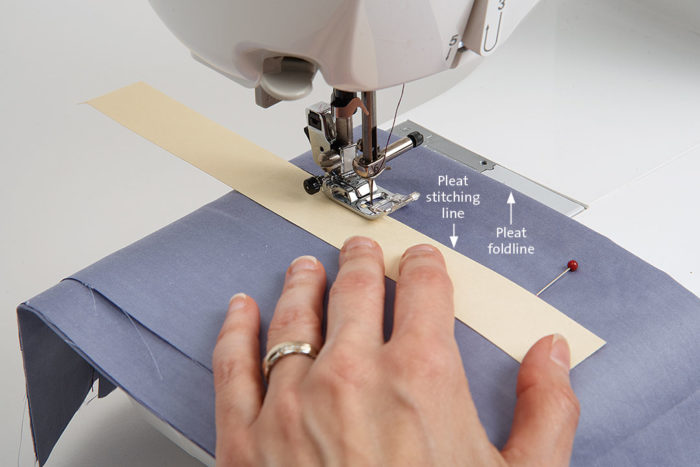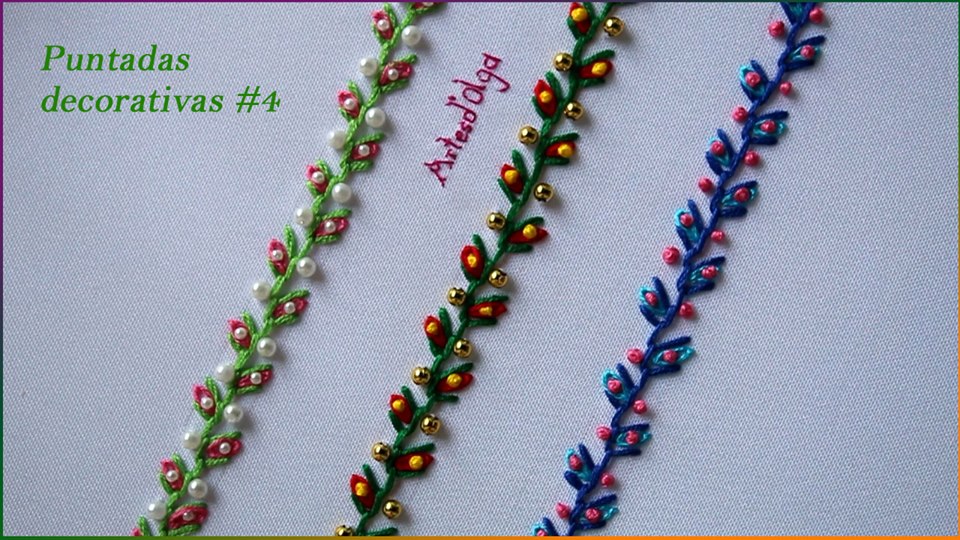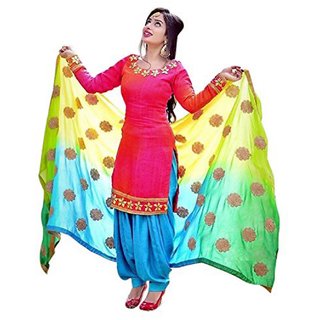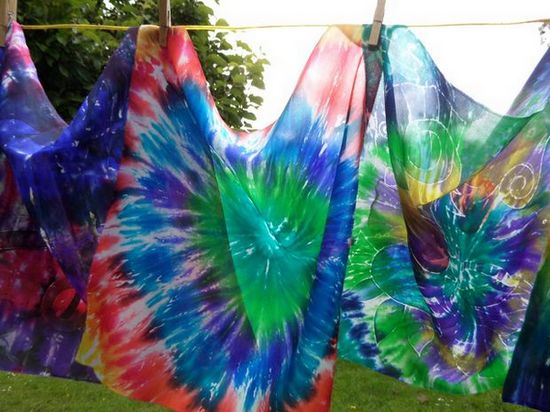Block printing
|

|
|
Block printing is the process of printing pattern by the means of Engraved wooden Box.It is the earliest, simplest and slowest of all methods of textile printing. Block printing by hand is a slow process.
|
|
Screen Printing
|

|
|
Screen printing is a printing technique where a mesh is used to transfer ink onto a substrate, except in areas made impermeable to the ink by a blocking stencil. A blade or squeegee is moved across the screen to fill the open mesh apertures with ink.
|
|
Stitching
|

|
|
In the textile arts, a stitch is a single turn or loop of thread, or yarn. Stitches are the fundamental elements of sewing, knitting, embroidery, crochet, and needle lace-making, whether by hand or machine.
|
|
Embroidery
|

|
|
Embroidery is the craft of decorating fabric or other materials using a needle to apply thread or yarn. Embroidery may also incorporate other materials such as pearls, beads, quills, and sequins.
|
|
Decorative Stitches
|

|
|
Decorative stitches are tiny pieces of thread art. ... Stitching out your designs in regular polyester thread as well as variegated, rayon, metallic, neon, and more is a great way to see the possibilities for embellishment.
|
|
Garment Construction
|

|
|
Clothing construction refers to the stitching of garments and all the sewing techniques involved in the process. Every choice and detail: pockets,seams, seam finishes as well as a good understanding of fabric are all intertwined.
|
|
Weaving
|

|
|
Weaving is a method of textile production in which two distinct sets of yarns or threads are interlaced at right angles to form a fabric or cloth. Other methods are knitting, crocheting, felting, and braiding or plaiti
|
|
Dyeing
|

|
|
Dyeing is the application of dyes or pigments on textile materials such as fibers, yarns, and fabrics with the goal of achieving color with desired color fastness. Dyeing is normally done in a special solution containing dyes and particular chemical material.
|
|










